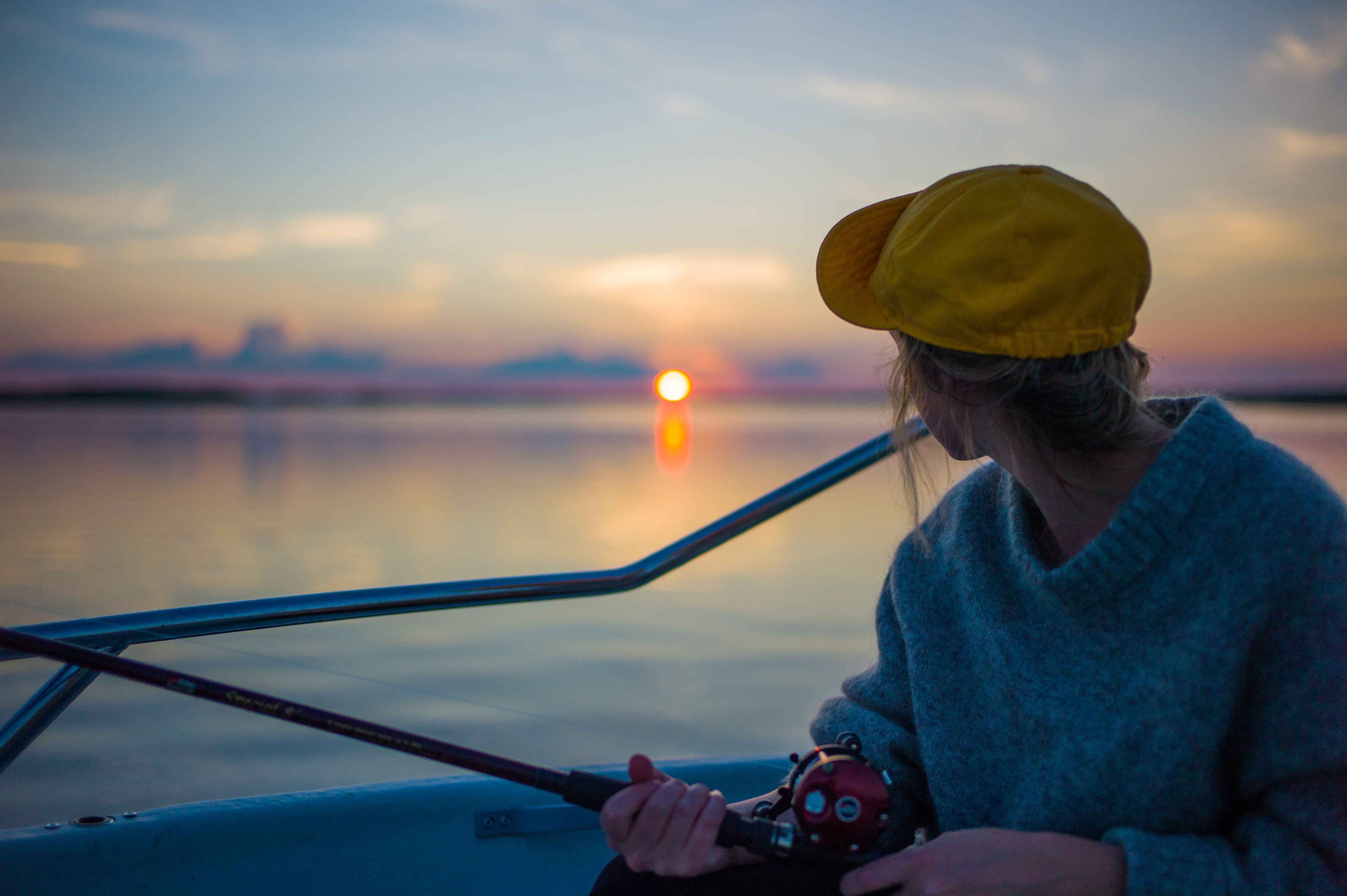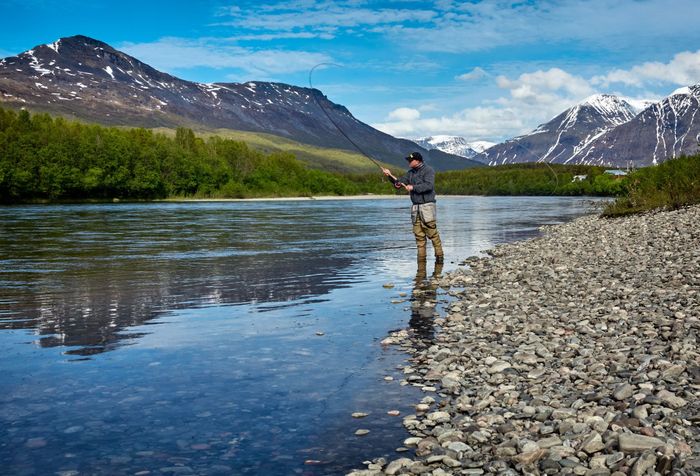Read the Water, Young Padawan
Reading the water is the first step to successful fishing. Begin your fishing journey with our tips.

Like a Jedi master, an angler is; and like the force that should be felt, water should be read.
A fishing expedition is like a padawan's journey towards understanding the force; specifically, Luke's training from apprentice to master Jedi in the swamp planet Dagobah. Quoting Master Yoda: “You must unlearn what you have learned."
Calm and collected like a Jedi, a true angler practices the way of water reading – the act of evaluating the water conditions to find the best fishing spots and techniques. Like the Force, you must respect the water and understand the energy around you. Water moves by force, and as an angler, you must understand how this force moves so you can harness it.

Fishing is a sport that challenges patience. Like Yoda, master anglers would caution apprentice anglers about casting by the nearest beach or river without first assessing the water – one of the most common mistakes that beginners make. In the end, they waste hours of their time not catching anything. So before you cast your bait, learn to dissect the water and break it into parts.
Be a Jedi master who knows how to use the force around you, or fall to the dark side and come back empty-handed. Here’s how you read the water by the sea and the river.

Reading the Force Around You
Let’s take you to two common water reading sites for anglers - the sea and the river.
One of the spots you should check on the sea is the rip current. A rip current is a powerful, fast-moving current that is pulling away from the shore. It is formed when the waves crash and the force of the crashing waves return through the gullies, channels, or troughs. You can spot them by finding gaps in the waves, and you see the water is deeper than the rest. To find the end of the rip current, look for small sand clouds formed in the deeper parts of the water or sandbanks.
One reason to spot for rips is that some fish use them as a highway. Checking rips is a good way to find ray, flounder, and even sharks. These predatory fish hide or swim near the range of the rips to hunt fish that the rips have swallowed. Other fish that take advantage of the rips are cobs and kingfish.
Remember that if you are taken away by a rip current, don't swim against the current – since that will be pointless – but try to stay afloat and then try to swim back to shore. Yelling for help is always a good idea in this situation.

The other area to look for on the beach is a sandbank or sandbar. Sandbanks are shallow areas in the water where the sand is raised. They can be seen during low tide. Anglers would sometimes find these spots to cast longer from these sandbanks. This is what they call a wading bank. Just be careful not to get swept by the waves in the wading banks. So, stand strong, padawan.
One rule in water reading by the beach is to observe the water during low tides. This will help you find good spots early on to plan where you can fish.
There are three factors to consider in reading the water in rivers or streams.

Understanding Depth, Speed, and Cover
Cover - Look for the structures that cast shades; these can be boulders, trees, vegetation, logs, and overhangs. This will allow you to prepare while you find spots where fish may be hiding. Check if there are obstructions that break the current to provide adequate shelter for fish to rest or hold.
Depth - It is finding where the fish will be comfortable swimming. Know beforehand what kind of fish you can catch in different water depths. You can set up a floating line and cast it near the surface to check for depth. If you’re not getting any fish, then work your way down slowly. Change to sinking lines and check the middle portion of the water. And if you’re still not getting any fish, try to move to the bottom-most part. The general rule is to move around and check for different depths if you’re not catching any fish in your water column.
Speed - This where the fish holds or rests before they embark on their journey again to spawn. Fish like trout can get shocked by their new environment. They will swim nearer the sides of the river or cut banks where the water is slower, so they can adapt to the new environment. Once they have rested and are ready to travel again, they will move back to the middle of the river to let the faster current take them. They use less energy to swim this way.
You can use the float fishing method again to check the current speed. A good indicator of the water’s real speed is by checking the foam of the water when hitting obstructions. If the water makes little foam, it could be that the water is slow.
Another part of a river to check is the tailout. A tailout is the shallow portion of the river or stream where it is flatter, and the water is calmer. Think of it as the middle portion of a traffic bottleneck. Fish normally hunt near the entrance of the tailout to ambush flowing prey.

Awaken the Force Within You
Now that you are more acquainted with the forces around you, you finally have a greater chance of increasing your catch. But here are a few more things to help you succeed.
- You should also check your gear. Look for parts in the water to be more suitable for you to fish based on your fishing rig. If you’re fly fishing, look for the flatter waters to work better for your fly. If you throw a fly in the water with high turbulence, it will be difficult for you to control your flight and make the fly’s movement too volatile. This is another reason why water reading is important.
- Make sure to check the water temperature. When the water temperature is warm, fish will stay in faster-moving water nearer the surface. In winter, fish will seek out slower and deeper water. Having this in mind will change your approach with your tackle. It’s more preferable to use floating lines in the summer. During winter, use heavier flies and tippets.
- Check the seasons as fish behavior can vary from season to season.
You will learn much more as you gain fishing experience. So, remember to feel your surroundings. It's okay to forget a few things. After all, according to Master Yoda, “The greatest teacher, failure is. That is the true burden of all masters.”



